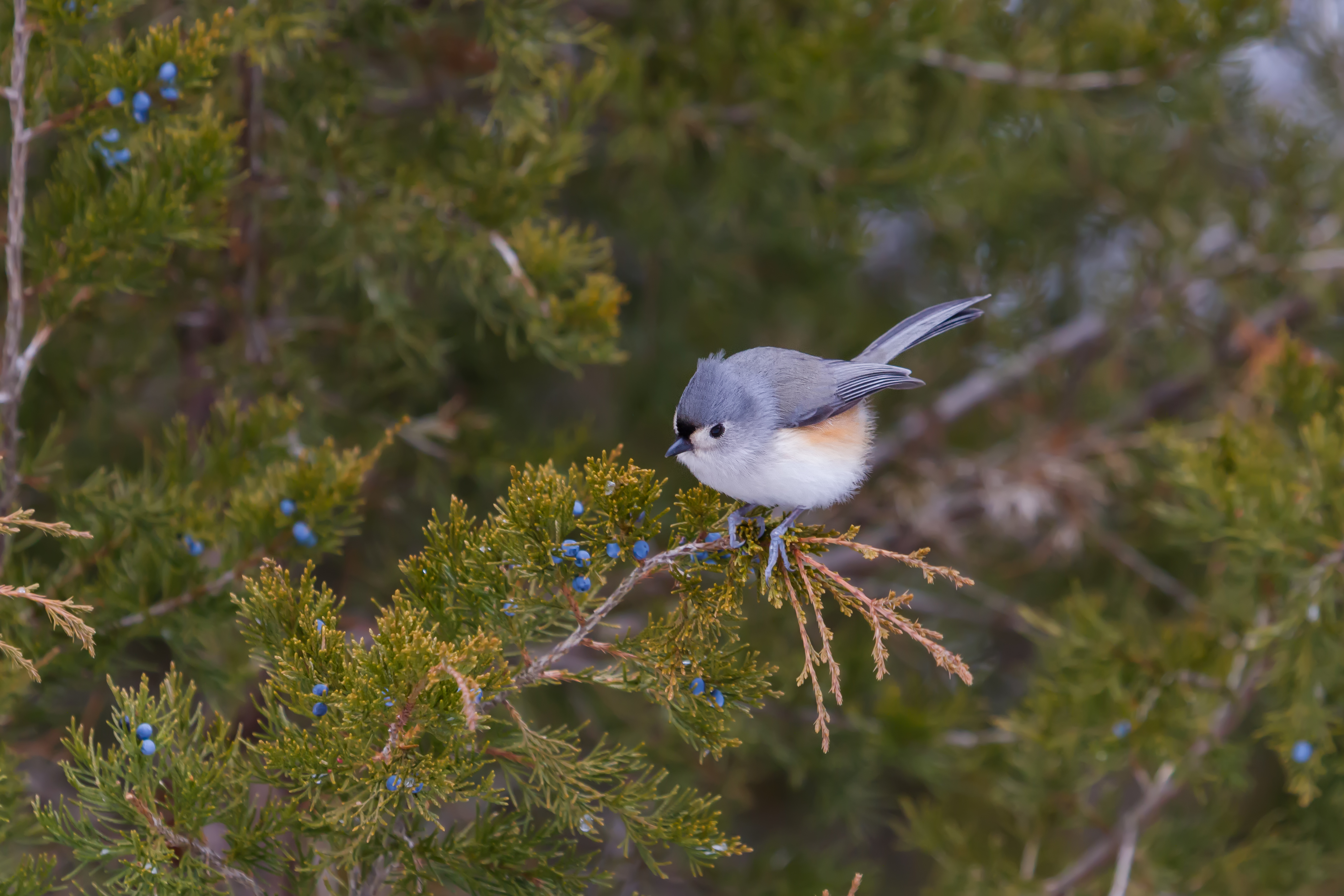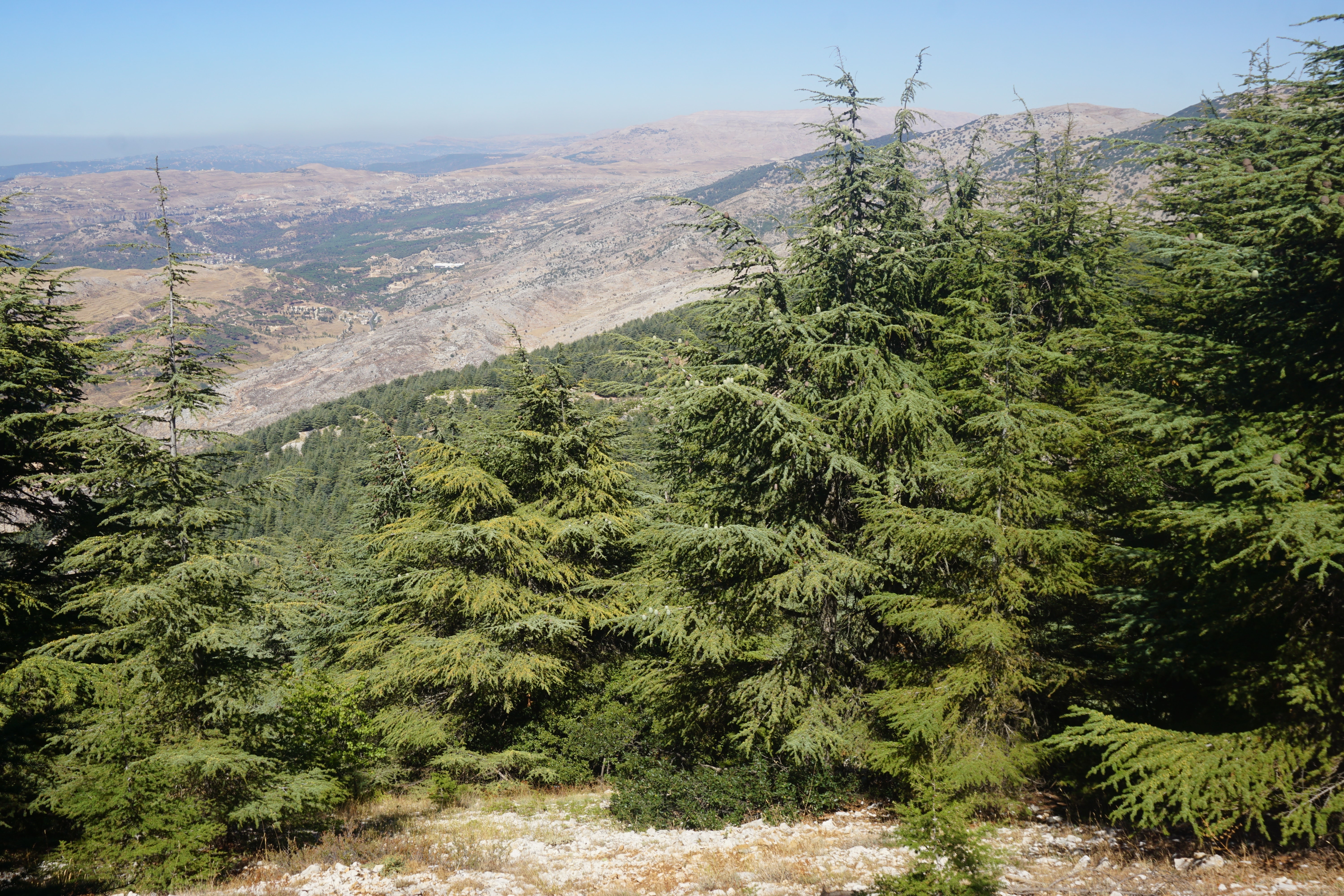Cedar is any of a variety of large evergreen trees that grow in many parts of the world. There are two major groups of cedars. These groups are the scale-leaved cedars of the cypress family and the needle-leaved cedars of the pine family.
Scale-leaved cedars
have small, scalelike leaves that grow flattened against the branches. They also have small cones, most of which are less than 1/2 inch (1.3 centimeters) long.
Several species of scale-leaved cedars grow in North America. Most of these trees have shallow roots and thrive in moist soil. Four kinds grow in the mountains of western North America from Alaska to northern California. They are the Alaska-cedar, the incense-cedar, the Port-Orford-cedar, and the western redcedar. Three other cedars are found in eastern North America. The northern white-cedar grows in eastern Canada and the northeastern United States. The Atlantic white-cedar is found in the Atlantic and Gulf coastal plains. The eastern redcedar grows in the central and eastern United States. The western redcedar and northern white-cedar are sometimes called arborvitae. The eastern redcedar belongs to the same group of trees as the juniper.


The wood of North American cedars resists rotting better than many other woods, and it can be easily sawed, planed, and carved. Many clothing chests and closets are lined with cedar because its pleasant odor seems to keep moths away. The wood is used to make boats, pencils, shingles, and telephone poles.
Needle-leaved cedars
have tufts of needlelike leaves that measure from 1/2 to 11/2 inches (1.3 to 4 centimeters) long. Their cones are 3 to 5 inches (8 to 13 centimeters) long and grow straight up on the branches. There are four species—the Atlas cedar of the Atlas Mountains in northern Africa; the Cyprus cedar of the island of Cyprus; the cedar of Lebanon of the Middle East and Asia Minor; and the deodar cedar of the Himalaya.

Some needle-leaved cedars are planted as ornamentals in warm regions of the United States. The cedar of Lebanon, which is the best-known needle-leaved cedar, has attractive, fragrant, durable wood. The people of early Middle East civilizations used it for building palaces, ships, temples, and tombs.
